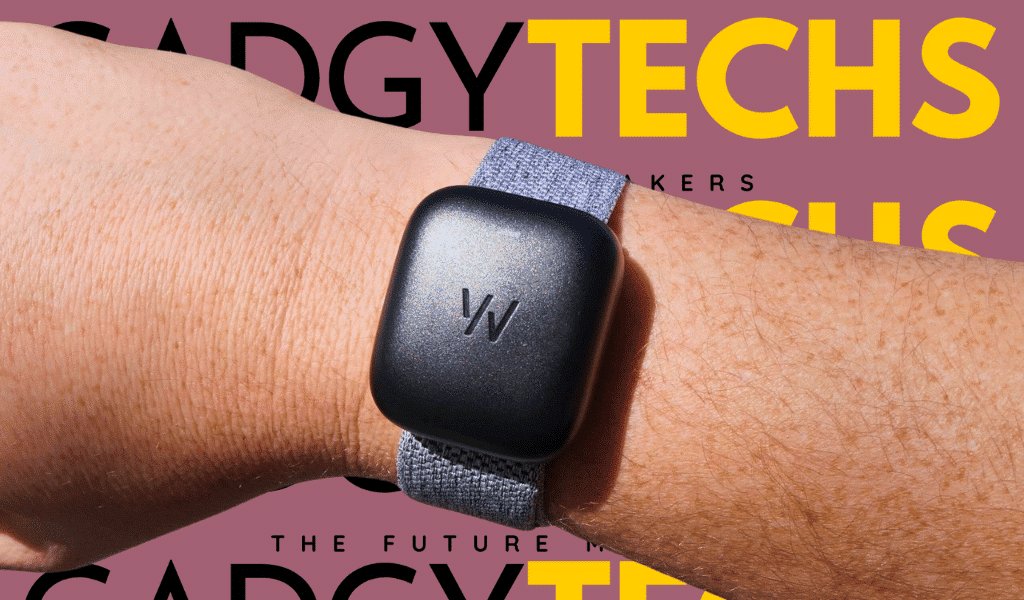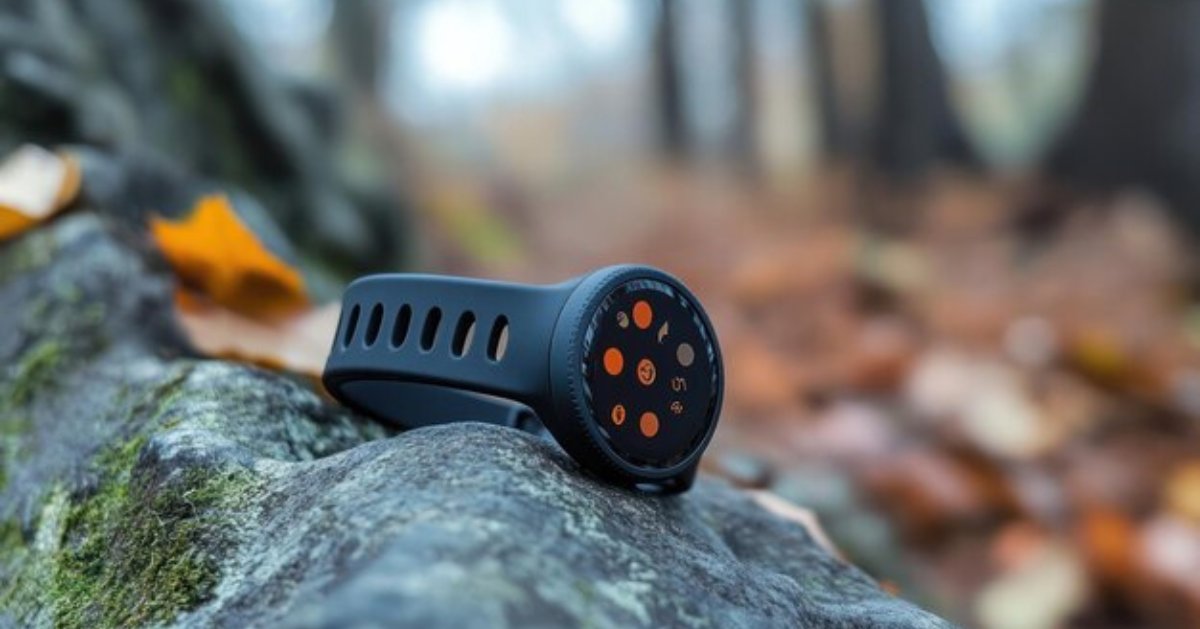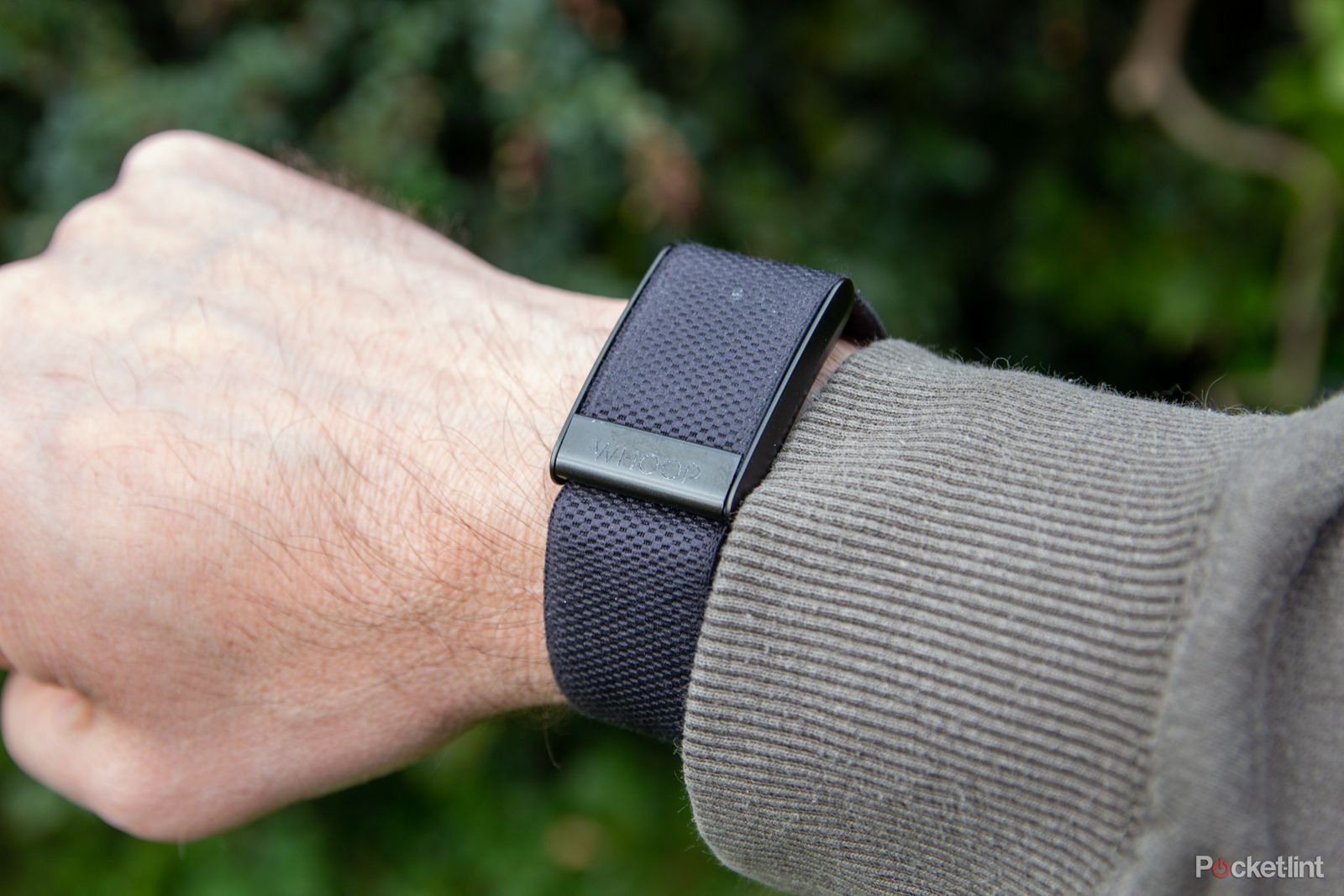Whoop 5.0 Review: More Than Just a Fitness Tracker?

Whoop. The name alone evokes images of elite athletes, data-driven training, and optimizing performance at any cost. But is the Whoop 5.0 just for Olympians, or does it have something to offer the everyday fitness enthusiast? After weeks of rigorous testing, I’m here to break down the latest iteration of this wearable and answer that very question.
First impressions: the Whoop 5.0 is significantly smaller and more comfortable than previous generations. The sensor module itself is now encased in a sleek, almost minimalist design. The switch to a new, lower-profile band closure system is a welcome improvement, eliminating the bulkiness that plagued earlier models. Speaking of comfort, the new “Any-Wear” technology allows you to embed the sensor into compatible athletic apparel. While I didn’t test this functionality extensively, the promise of freeing up wrist space is intriguing.
The core of the Whoop experience remains centered around its sophisticated data tracking. Heart rate variability (HRV), sleep monitoring, strain, and recovery scores are all meticulously recorded and analyzed. The accuracy of the sensor appears to be on par with other high-end wearables, providing reliable data to inform training decisions. The daily Strain Coach is particularly useful, offering personalized recommendations based on your recovery status. It helps prevent overtraining and optimize workouts for maximum effectiveness. However, it’s crucial to remember that Whoop doesn’t provide workout suggestions, but exercise intensity suggestions. You need a coach or your own experience to guide what that entails.

The app continues to be a powerful tool for visualizing and interpreting the data. The interface is clean and intuitive, allowing you to drill down into the details of each metric. The Sleep Coach remains a standout feature, offering personalized insights and recommendations to improve sleep quality. One major gripe remains: the lack of a dedicated display. Everything hinges on the app, requiring constant phone access. While this design choice contributes to the device’s low profile and extended battery life, it can be inconvenient for quick checks during workouts.

Speaking of battery life, the Whoop 5.0 boasts impressive longevity. I consistently achieved around five days of use on a single charge, even with continuous heart rate monitoring. The included battery pack is compact and convenient, allowing you to charge the device while wearing it. However, the charging process is a bit clunky, requiring you to slide the battery pack onto the sensor module.
Value is where things get tricky. The Whoop 5.0 operates on a subscription model, which can be a barrier for some. While the initial cost of the device itself is relatively low, the ongoing subscription fee adds up over time. Whether or not it’s worth the investment depends on your dedication to data-driven training and your willingness to commit to a long-term subscription.
Where to Buy:

Whoop 5.0 Quick Summary
Key Scores:
- Value: 91%
- Design: 92%
- Performance: 90%
- Quality: 91%
- Popularity: 90%
Top Pros
- ✅ The smaller design and comfortable band make it enjoyable to wear 24/7.
- ✅ The data-driven insights from Whoop’s recovery and strain scores are highly valuable.
- ✅ The extended battery life allows for continuous monitoring without frequent charging.
Key Cons
- ❌ The subscription-based model creates ongoing costs beyond the initial device purchase.
- ❌ The lack of an onboard display requires reliance on a smartphone for data viewing.
- ❌ The charging process can be somewhat fiddly compared to magnetic or dock-based solutions.








